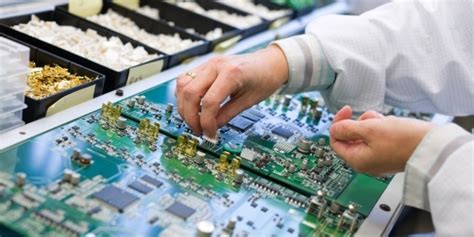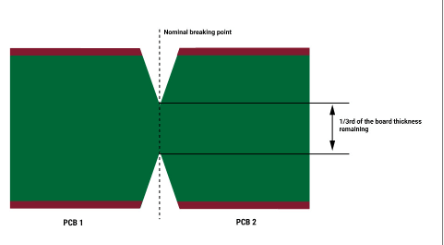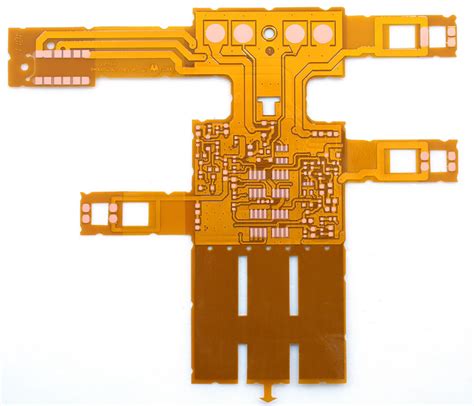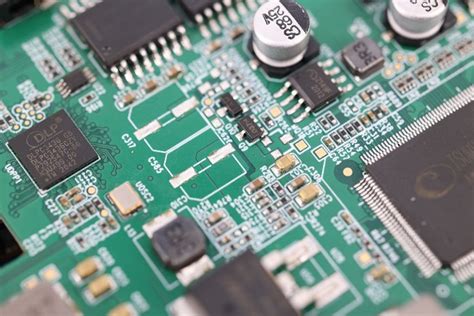Print circuit board battery
Innovations In Circuit Board Battery Technology
In recent years, the field of circuit board battery technology has witnessed remarkable advancements, driven by the increasing demand for more efficient, compact, and sustainable energy solutions. As electronic devices become more integral to our daily lives, the need for innovative power sources that can keep pace with technological progress has never been more critical. Consequently, researchers and engineers are exploring new materials, designs, and manufacturing techniques to enhance the performance and longevity of batteries integrated into circuit boards.
One of the most significant innovations in this domain is the development of solid-state batteries.
Unlike traditional lithium-ion batteries, which use liquid electrolytes, solid-state batteries employ solid electrolytes. This fundamental change in design offers several advantages, including higher energy density, improved safety, and longer lifespan. The absence of flammable liquid electrolytes reduces the risk of leakage and combustion, making solid-state batteries a more reliable choice for circuit boards in various applications, from consumer electronics to electric vehicles.
Moreover, the miniaturization of battery components has been a focal point of research, as the demand for smaller and more powerful devices continues to grow.
Advances in nanotechnology have enabled the creation of microbatteries that can be seamlessly integrated into circuit boards without compromising performance. These microbatteries are designed to deliver high power output while occupying minimal space, thus allowing for more compact and lightweight electronic devices. Furthermore, the use of nanomaterials, such as graphene and carbon nanotubes, has shown promise in enhancing the conductivity and capacity of these microbatteries, paving the way for even more efficient energy storage solutions.
In addition to size and efficiency, sustainability is a crucial consideration in the development of circuit board batteries.
The environmental impact of battery production and disposal has prompted researchers to explore eco-friendly alternatives. One promising approach is the use of biodegradable materials in battery construction. By incorporating organic compounds and natural polymers, scientists aim to create batteries that can decompose safely after their useful life, thereby reducing electronic waste and minimizing environmental harm.
Another noteworthy innovation is the integration of energy harvesting technologies with circuit board batteries.
Energy harvesting involves capturing and converting ambient energy sources, such as light, heat, or mechanical vibrations, into electrical energy. By combining these technologies with advanced battery systems, it is possible to create self-sustaining electronic devices that require minimal external power input. This approach not only extends the operational life of devices but also reduces the frequency of battery replacements, contributing to both economic and environmental benefits.
Furthermore, advancements in manufacturing techniques have played a pivotal role in the evolution of circuit board battery technology.
Additive manufacturing, commonly known as 3D printing, has enabled the production of complex battery structures with high precision and customization. This technique allows for the creation of batteries with unique shapes and configurations, tailored to specific applications and design requirements. As a result, manufacturers can optimize the integration of batteries into circuit boards, enhancing overall device performance and functionality.
In conclusion, the landscape of circuit board battery technology is rapidly evolving, driven by the need for more efficient, compact, and sustainable energy solutions. Through innovations in solid-state design, miniaturization, sustainability, energy harvesting, and manufacturing techniques, researchers and engineers are paving the way for a new era of electronic devices. As these advancements continue to unfold, they hold the potential to revolutionize the way we power our world, offering exciting possibilities for the future of technology.
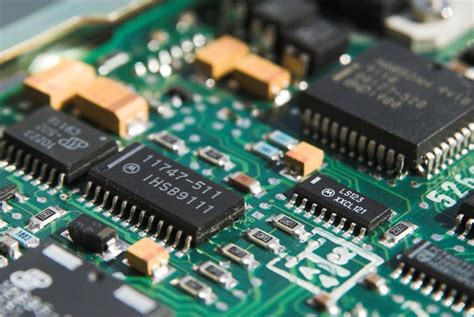
How To Extend The Life Of Your Circuit Board Battery
Extending the life of a circuit board battery is crucial for maintaining the optimal performance of electronic devices. As technology continues to advance, the demand for longer-lasting and more efficient power sources has become increasingly important. To achieve this, it is essential to understand the factors that influence battery longevity and implement strategies to mitigate their effects. By doing so, users can ensure that their devices remain functional and reliable over extended periods.
One of the primary factors affecting the lifespan of a circuit board battery is temperature.
Batteries are sensitive to extreme temperatures, which can significantly impact their performance and longevity. High temperatures can accelerate the chemical reactions within the battery, leading to a faster depletion of its charge. Conversely, low temperatures can slow down these reactions, reducing the battery’s efficiency. To extend the life of a circuit board battery, it is advisable to store and operate devices within the recommended temperature range specified by the manufacturer. This practice helps maintain the battery’s chemical stability and prevents premature degradation.
In addition to temperature management, proper charging practices play a vital role in prolonging battery life.
Overcharging or undercharging a battery can lead to irreversible damage and reduced capacity. It is important to use the appropriate charger and follow the manufacturer’s guidelines for charging cycles. Many modern devices are equipped with smart charging technology that automatically stops charging once the battery reaches full capacity. Utilizing such features can prevent overcharging and extend the battery’s lifespan. Furthermore, it is beneficial to avoid letting the battery completely discharge before recharging, as deep discharges can strain the battery and shorten its life.
Another effective strategy for extending the life of a circuit board battery is to minimize power consumption.
Reducing the energy demand on the battery can significantly enhance its longevity. This can be achieved by optimizing device settings, such as lowering screen brightness, disabling unnecessary background applications, and utilizing power-saving modes. Additionally, regular maintenance of the device, such as cleaning dust and debris from vents and ensuring proper ventilation, can prevent overheating and reduce power consumption. By implementing these measures, users can decrease the strain on the battery and prolong its operational life.
Moreover, it is essential to consider the quality of the battery itself.
Investing in high-quality batteries from reputable manufacturers can make a significant difference in terms of performance and longevity. These batteries are often designed with advanced technologies that enhance their durability and efficiency. While they may come at a higher initial cost, the long-term benefits of reduced replacement frequency and improved device performance make them a worthwhile investment.
Finally, regular monitoring of the battery’s health is crucial for identifying potential issues before they escalate.
Many devices offer built-in diagnostic tools that provide insights into the battery’s condition, such as its charge capacity and cycle count. By keeping track of these metrics, users can make informed decisions about when to replace the battery, ensuring that their devices continue to operate smoothly.
In conclusion, extending the life of a circuit board battery requires a combination of proper temperature management, charging practices, power consumption optimization, and regular monitoring. By adhering to these guidelines, users can maximize the lifespan of their batteries, ensuring that their electronic devices remain reliable and efficient over time.

The Role Of Circuit Board Batteries In Portable Electronics
In the realm of portable electronics, the circuit board battery plays a pivotal role, serving as the lifeblood that powers a myriad of devices we rely on daily. As technology continues to advance at a rapid pace, the demand for efficient, compact, and long-lasting power sources has never been greater. Circuit board batteries, often referred to as PCB batteries, are integral to the functionality and portability of modern electronic devices, from smartphones and laptops to wearable technology and medical devices.
To understand the significance of circuit board batteries, it is essential to first consider their fundamental purpose.
These batteries are designed to provide a stable and reliable power source directly to the circuit board, ensuring that the device operates smoothly and efficiently. Unlike traditional batteries, which may be bulky and cumbersome, circuit board batteries are engineered to be compact and lightweight, making them ideal for portable electronics where space is at a premium.
One of the key advantages of circuit board batteries is their ability to be integrated directly into the design of the device.
This integration not only saves space but also enhances the overall performance of the device by reducing the distance that power must travel. Consequently, this leads to improved energy efficiency and a reduction in power loss, which is particularly important in devices that require a consistent and uninterrupted power supply.
Moreover, circuit board batteries are often designed with specific applications in mind, allowing for customization to meet the unique power requirements of different devices.
This customization can include variations in voltage, capacity, and size, enabling manufacturers to tailor the battery to the specific needs of the device. As a result, devices can achieve optimal performance without compromising on size or weight, a critical consideration in the design of portable electronics.
In addition to their physical attributes, circuit board batteries are also notable for their durability and longevity.
Many are constructed using advanced materials and technologies that enhance their lifespan and resistance to environmental factors such as temperature fluctuations and humidity. This durability is crucial in ensuring that portable electronics remain reliable and functional over extended periods, even in challenging conditions.
Furthermore, the development of circuit board batteries has been closely linked to advancements in battery technology as a whole.
Innovations such as lithium-ion and lithium-polymer batteries have revolutionized the industry, offering higher energy densities and longer life cycles compared to traditional battery chemistries. These advancements have enabled circuit board batteries to keep pace with the increasing power demands of modern electronics, providing users with longer usage times and faster charging capabilities.
As we look to the future, the role of circuit board batteries in portable electronics is set to become even more significant.
With the rise of the Internet of Things (IoT) and the proliferation of connected devices, the need for efficient and reliable power sources will continue to grow. Circuit board batteries, with their compact design and customizable features, are well-positioned to meet these demands, driving innovation and enabling the development of new and exciting technologies.
In conclusion, circuit board batteries are a cornerstone of portable electronics, providing the power necessary to keep our devices running smoothly and efficiently. Their compact size, durability, and adaptability make them an indispensable component in the design and functionality of modern electronic devices. As technology continues to evolve, circuit board batteries will undoubtedly play a crucial role in shaping the future of portable electronics, ensuring that we remain connected and powered in an increasingly digital world.
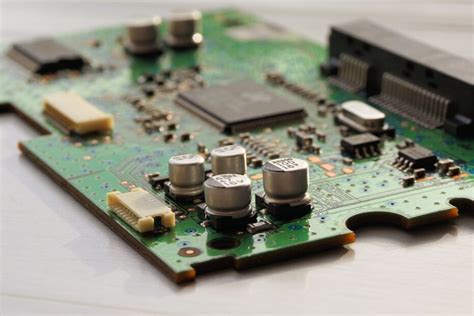
Environmental Impact Of Circuit Board Battery Disposal
The disposal of circuit board batteries presents a significant environmental challenge, as these components are integral to a wide array of electronic devices, from smartphones to laptops. As technology continues to advance at a rapid pace, the demand for these devices—and consequently, the batteries that power them—has surged. This increase in production and consumption inevitably leads to a corresponding rise in electronic waste, commonly referred to as e-waste. Circuit board batteries, in particular, pose unique environmental risks due to their chemical composition and the difficulty associated with their disposal.
To understand the environmental impact of circuit board battery disposal, it is essential to consider the materials used in their construction.
These batteries often contain hazardous substances such as lead, cadmium, and mercury, which can leach into the soil and water systems if not disposed of properly. When these toxic elements enter the environment, they can have detrimental effects on ecosystems and human health. For instance, lead exposure is known to cause neurological damage, while cadmium and mercury are linked to kidney damage and other serious health issues. Therefore, improper disposal of circuit board batteries can lead to contamination of natural resources, posing a threat to both wildlife and human populations.
Moreover, the sheer volume of e-waste generated globally exacerbates the problem.
According to recent estimates, millions of tons of e-waste are produced each year, with a significant portion comprising discarded batteries. This growing mountain of waste places immense pressure on waste management systems, many of which are ill-equipped to handle such hazardous materials. Consequently, a large percentage of e-waste ends up in landfills, where the potential for environmental contamination is high. In addition to the direct environmental hazards, the disposal of circuit board batteries also represents a loss of valuable resources. These batteries contain rare and precious metals such as lithium, cobalt, and nickel, which are finite and increasingly in demand. By failing to recycle these materials, we not only contribute to environmental degradation but also miss an opportunity to recover and reuse resources that are critical to the production of new technologies.
In light of these challenges, it is imperative to explore sustainable solutions for the disposal of circuit board batteries.
One promising approach is the development of more efficient recycling processes that can safely extract and repurpose the valuable materials contained within these batteries. Advances in technology have made it possible to recover a higher percentage of these materials, thereby reducing the need for new mining operations and minimizing environmental impact. Additionally, there is a growing emphasis on designing batteries with end-of-life considerations in mind. By creating batteries that are easier to disassemble and recycle, manufacturers can help mitigate the environmental impact of their products.
Furthermore, public awareness and education play a crucial role in addressing the issue of circuit board battery disposal.
By informing consumers about the environmental risks associated with improper disposal and encouraging responsible recycling practices, we can collectively reduce the negative impact on the environment. Governments and organizations can also implement policies and initiatives that promote sustainable disposal methods and support the development of recycling infrastructure.
In conclusion, the environmental impact of circuit board battery disposal is a complex issue that requires a multifaceted approach. By advancing recycling technologies, promoting sustainable design, and raising public awareness, we can work towards minimizing the environmental footprint of these essential components and ensure a more sustainable future for our planet.


